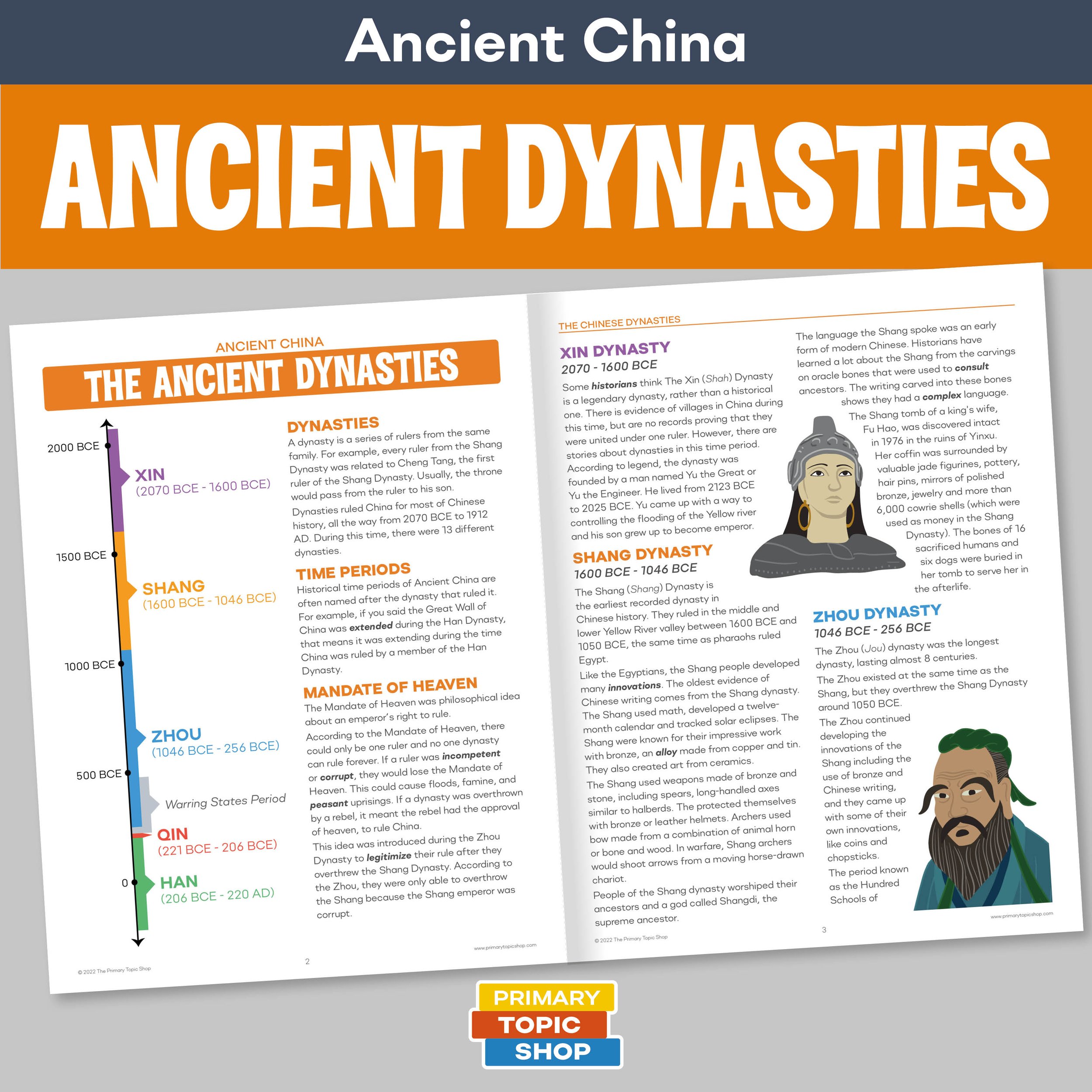The Qin Dynasty
The Qin Dynasty of Ancient China.
The Qin Dynasty
221 BCE - 206 BCE
In 221 BCE, Qin Shi Huang (Chin Shee Hwahng) became the first emperor of China after he conquered and united the seven warring states. At the time, people in different states had various ways of writing, measuring objects, and running their governments, but Qin Shi Huang standardized all these things. He also took down walls that once separated kingdoms, and extended others, making one wall, now known as the Great Wall of China.
During the Qin (Chin) Dynasty, the emperor, Qin Shi Huang, wanted to unify Chinese philosophy with the ideas of Legalism. He ordered all texts from the other schools of philosophy to be burned.
Qin Shi Huang died in 210 BCE. He was buried in a large tomb complex, protected by an army of over 8,000 clay soldiers, known as the Terracotta Army. His son became emperor but the people revolted and the empire ended shortly afterwards. This was the shortest dynasty, only lasting 15 years.
Standardize
To make consistent, to make things the same; regularize
Unify
To bring together, to make one; unite, consolidate
Grade Range: 4 - 6
Resource Type: Zip file of 8 PDFs



